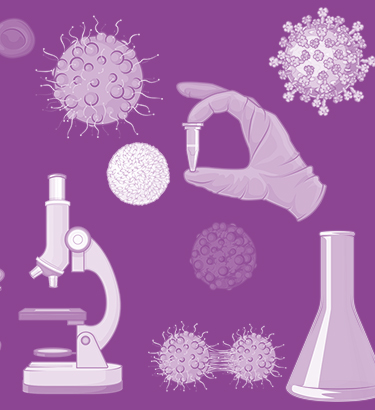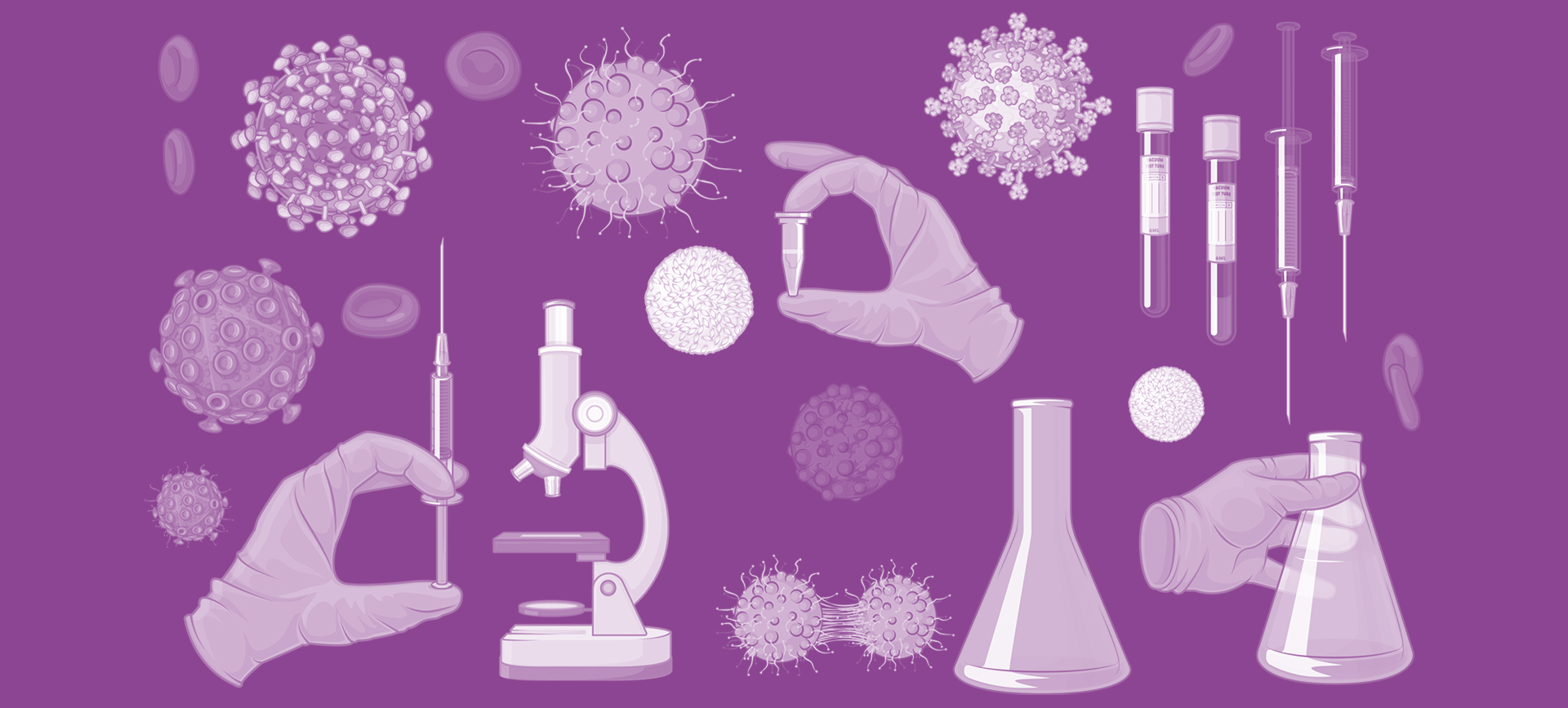Found in blood, other body fluids or tissues, a biomarker is a biological molecule that acts as a sign of normal or abnormal processes, or of a condition or a disease, according to the National Cancer Institute. Some biomarkers are general, and some are very specific to a certain type of cancer, and researchers are discovering more constantly, leading to very advanced detection and individually targeted treatments.
Fortunately, even though it is rarer than other cancers, testicular cancer has a few known biomarkers that can aid in early detection and treatment, and research is ongoing.
Testicular cancer usually affects men ages 15 to 34, but it is not as common as some forms of cancer. About 1 in 250 men will develop testicular cancer in their lifetime. Oncologists can often treat this type of cancer successfully, which means the risk of dying from testicular cancer is low.
Testicular germ cell tumors are very different when compared to other solid cancers. They are unique in the way they present, grow and respond to treatment. Because of this uniqueness, the hunt for new and effective biomarkers is essential in pursuing targeted therapy.
Clinicians are currently using biomarkers to treat testicular cancer, which is exciting, but the future has medical experts even more excited.











